Your kitchen trash can might seem like nothing more than a mundane household necessity, but to countless insects, it represents something far more exciting: a five-star restaurant complete with endless buffet options. Every discarded banana peel, coffee ground, and food wrapper becomes an irresistible invitation for bugs to move in and make themselves at home. The warm, moist environment combined with decomposing organic matter creates the perfect storm for insect infestations that can quickly spiral out of control. What starts as a few curious flies can transform into a full-blown ecosystem of creepy crawlers, each species bringing its own set of challenges and health concerns. Understanding which bugs are attracted to your trash and why they choose your home as their breeding ground is the first step in reclaiming your space from these unwanted guests.
House Flies Turn Your Trash Into a Nursery
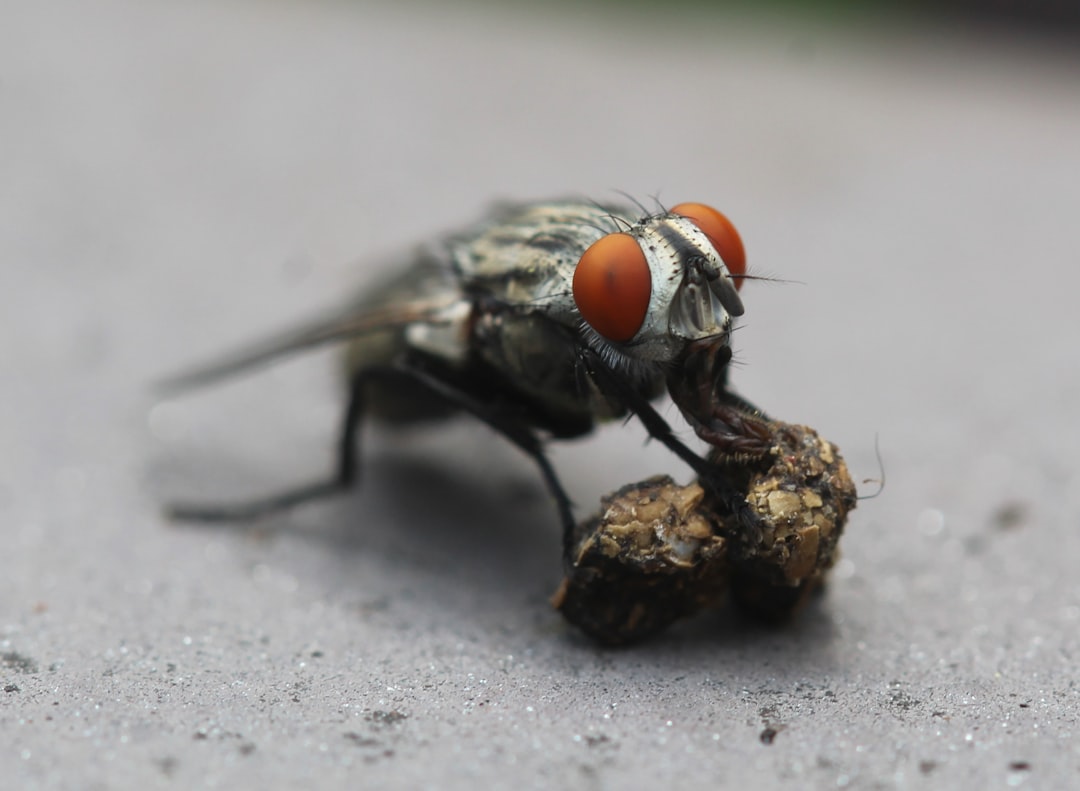
House flies don’t just visit your trash can for a quick snack – they see it as prime real estate for raising their next generation. Female flies can lay up to 500 eggs at a time, and your decomposing leftovers provide the perfect nursery environment for their developing larvae. The maggots that emerge feed voraciously on organic waste, growing rapidly in the warm, nutrient-rich conditions your trash provides.
These persistent pests can complete their entire life cycle in just seven to ten days under optimal conditions. What makes them particularly problematic is their ability to carry over 100 different pathogens on their bodies and in their digestive systems. When they land on your food preparation surfaces after visiting your trash, they’re essentially creating a highway for bacteria like E. coli and Salmonella to reach your family’s meals.
Fruit Flies Multiply at Lightning Speed
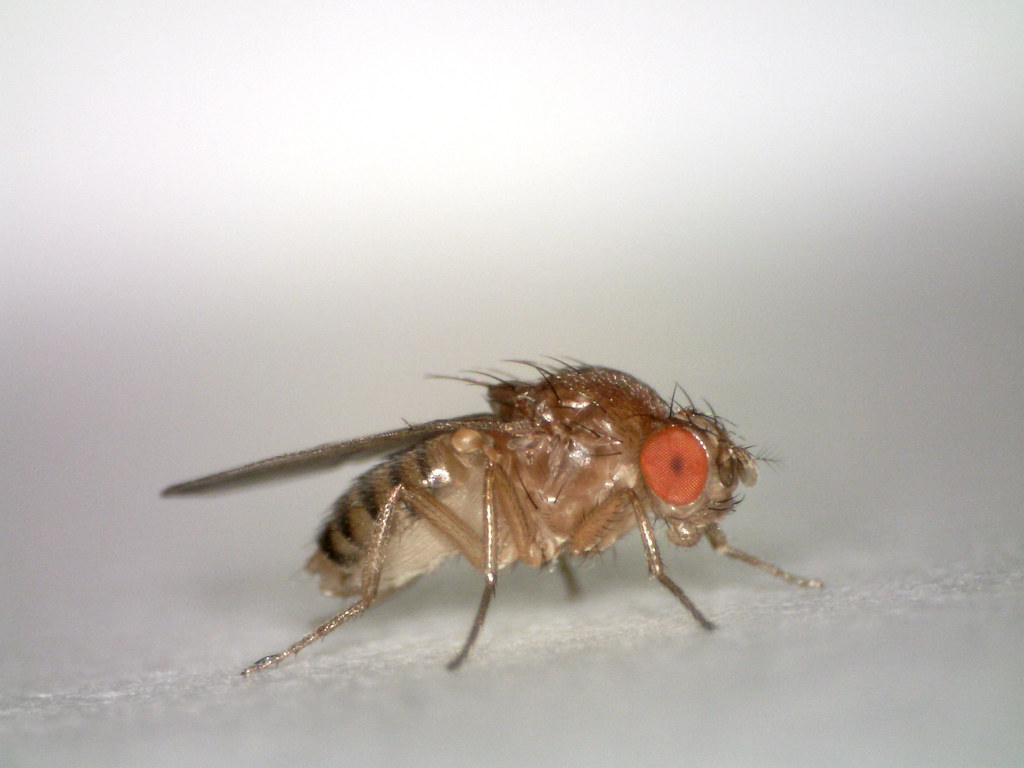
Those tiny flies hovering around your kitchen might seem harmless, but fruit flies are reproduction machines that can turn a single overripe apple into a massive infestation. A female fruit fly can lay roughly 400 eggs during her short lifespan, and these eggs hatch into larvae within just 24 hours. The rapid reproduction rate means that what starts as a few flies can explode into hundreds within a week.
Fruit flies are particularly drawn to fermenting organic matter, which explains why they seem to appear out of nowhere when you toss spoiled produce into your trash. They’re also incredibly persistent, capable of squeezing through the tiniest gaps in trash can lids and even breeding in the thin film of organic residue that coats the inside of your bin. Their small size allows them to access food sources that larger insects cannot reach, making them exceptionally difficult to eliminate once they’ve established themselves.
Drain Flies Emerge from the Depths
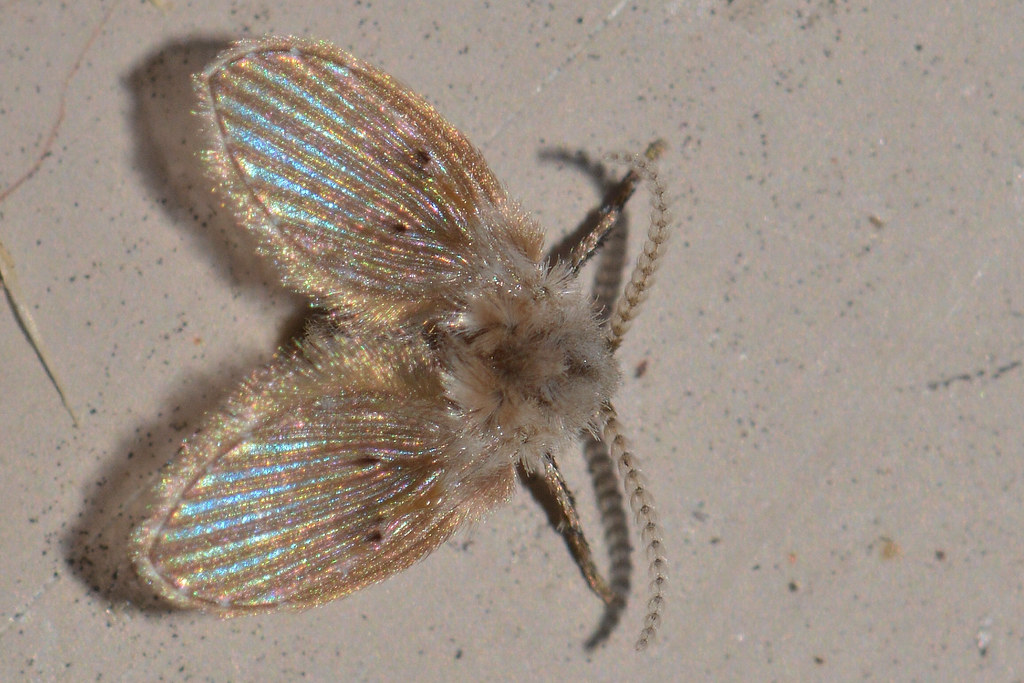
Drain flies, also known as moth flies, might seem like they’re coming from your trash, but they’re actually emerging from the moist organic buildup in your drains and pipes. These fuzzy, moth-like insects thrive in the slimy biofilm that accumulates in garbage disposals and drain pipes, especially when food particles from your trash washing routine create additional breeding materials. They’re particularly active during nighttime hours, which is why you might notice them suddenly appearing around your kitchen in the evening.
The connection between drain flies and your trash can is more complex than it initially appears. When you rinse containers before throwing them away, or when liquid from your trash seeps into floor drains, you’re inadvertently feeding the organic matter that these flies need to survive. Adult drain flies are weak fliers and tend to stay close to their breeding sites, which means they’ll often be found crawling on walls near your trash area rather than flying around like other species.
Cockroaches See Your Trash as a Treasure Trove
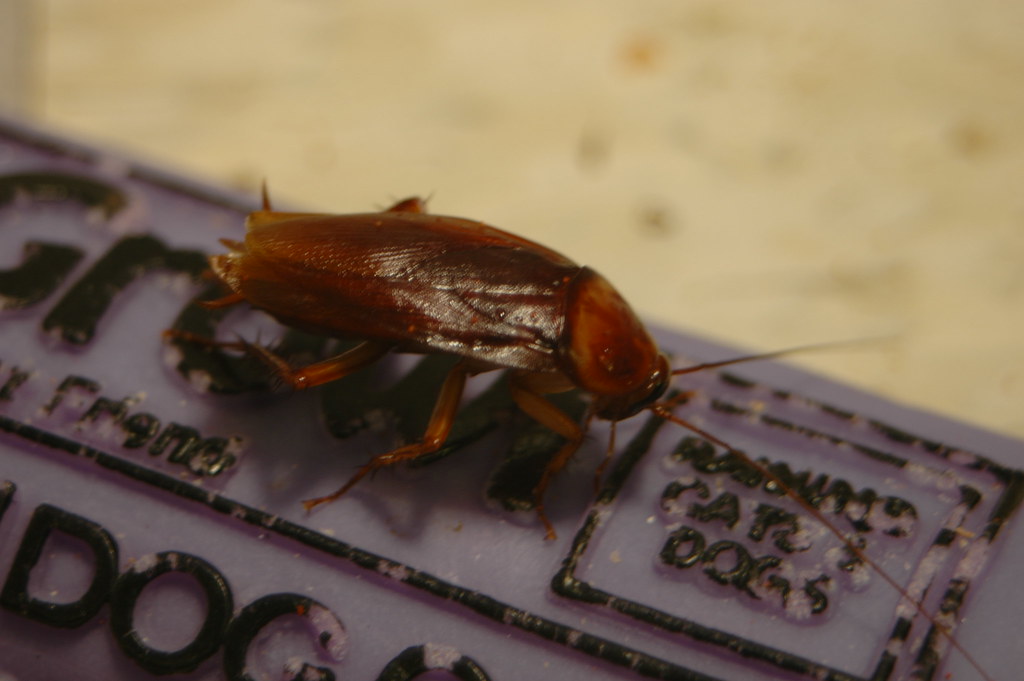
Cockroaches are opportunistic feeders that view your trash can as an all-you-can-eat buffet offering everything from food scraps to paper products they can digest. These resilient insects are particularly attracted to greasy, starchy, and sweet materials commonly found in household waste. German cockroaches, the most common household species, can survive on incredibly small amounts of food, meaning even crumbs stuck to packaging can sustain them for weeks.
What makes cockroaches especially problematic is their ability to contaminate far more food than they actually consume. They leave behind droppings, shed skin, and regurgitated food particles that can trigger allergic reactions and asthma attacks in sensitive individuals. A single cockroach can produce up to 40 droppings per day, and their presence often indicates a much larger hidden population since they’re primarily nocturnal creatures.
Ants Form Highways to Your Waste
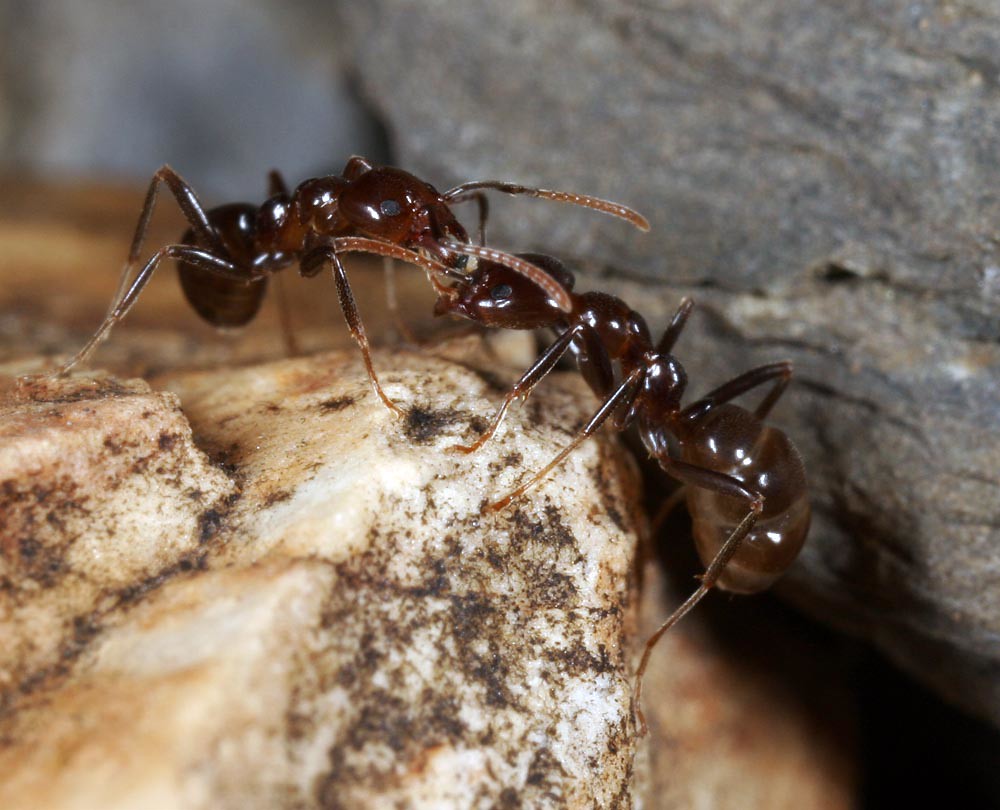
Ants don’t just randomly discover your trash can – they create sophisticated chemical trails that lead entire colonies directly to your waste. When a scout ant finds a particularly appealing food source in your trash, it leaves a pheromone trail that guides thousands of its sisters to the same location. These chemical highways can persist for days, explaining why ants seem to appear in organized lines heading straight for your garbage.
Different ant species are attracted to different types of waste, with some preferring sweet substances while others seek out protein-rich materials. Sugar ants gravitate toward sticky residues on cans and bottles, while protein-seeking species might be drawn to meat scraps or pet food packaging. Once established, ant colonies can be incredibly difficult to eliminate because they continuously recruit new workers to exploit the food source your trash provides.
Beetles Find Hidden Treasures in Packaging
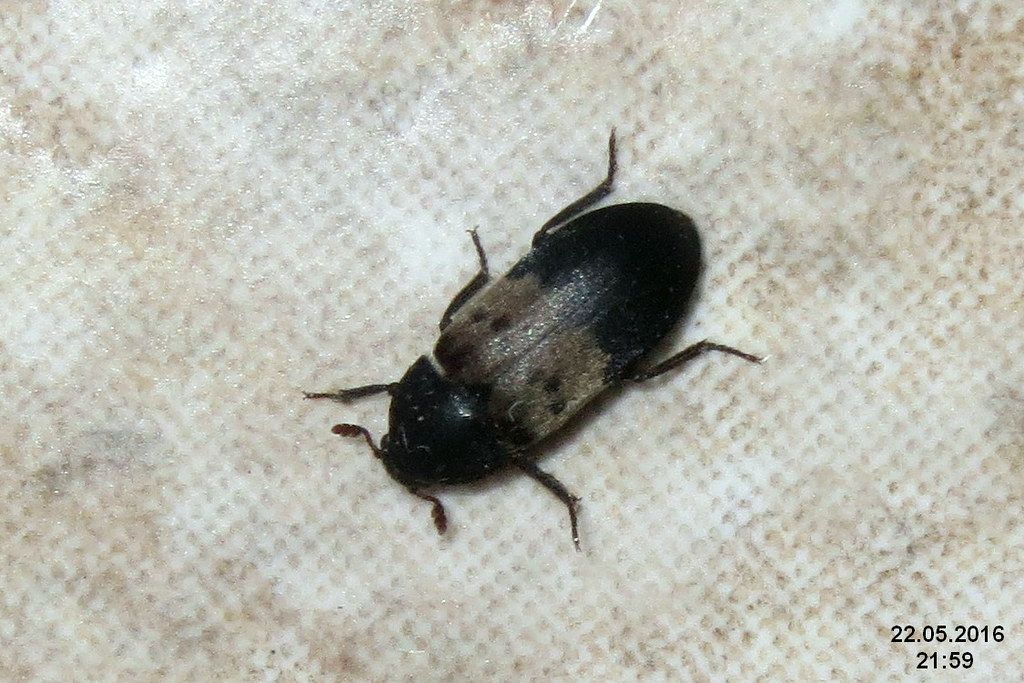
Various beetle species, including carpet beetles and larder beetles, are attracted to the diverse materials found in typical household trash. These insects don’t just seek out food scraps – they’re also drawn to natural fibers, dead insects, and even the adhesives used in packaging materials. Carpet beetle larvae can feed on wool, silk, and other organic materials that might end up in your trash, while adult beetles are attracted to the pollen and nectar residues on discarded flowers.
Larder beetles are particularly problematic because they’re designed to locate and consume dried organic matter, making them perfectly suited to exploit the variety of materials in your waste. They can even feed on pet hair, human hair, and dead skin cells that accumulate in vacuum cleaner bags when disposed of. These beetles are strong fliers and can detect potential food sources from considerable distances, meaning your trash can act as a beacon drawing them from throughout your neighborhood.
Yellowjackets Turn Aggressive Around Food Waste
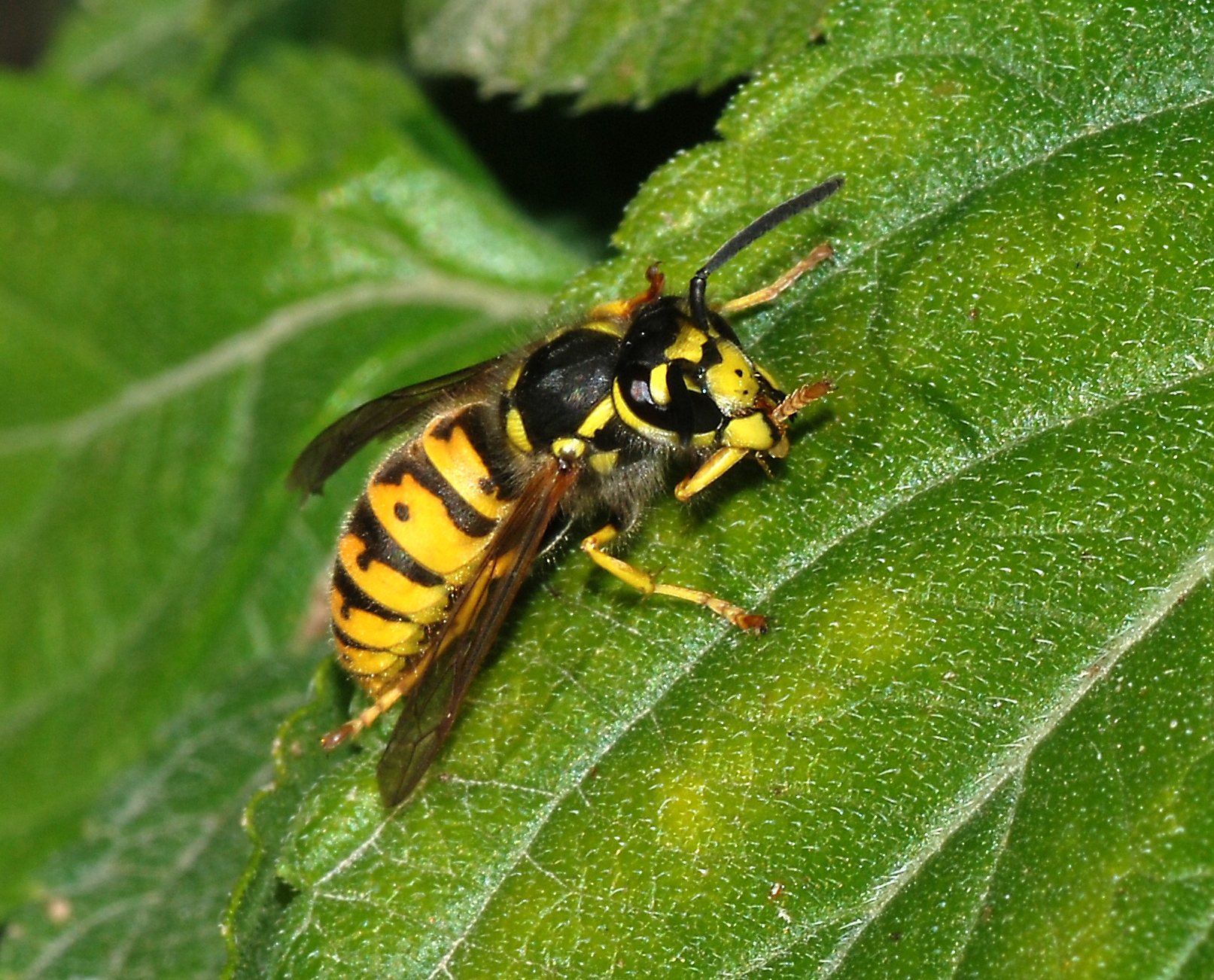
Yellowjackets become increasingly aggressive and persistent as summer progresses, and your trash can represents an easy target for their foraging activities. Unlike bees, which primarily seek nectar, yellowjackets are attracted to protein sources and sugary substances commonly found in household waste. They’re particularly drawn to meat scraps, fruit juices, and anything containing high-fructose corn syrup, which explains why they seem to appear whenever you dispose of soda cans or food containers.
These wasps can become territorial around consistent food sources, meaning that once they’ve identified your trash as a reliable feeding spot, they’ll aggressively defend it against other insects and even humans. Their ability to sting repeatedly makes them particularly dangerous around outdoor trash areas, especially during late summer when their colonies are at peak population. Yellowjackets can also chew through thin plastic bags to access food sources, making standard trash bags insufficient protection against their determined foraging.
Moths Seek Out Organic Fibers and Food Residues
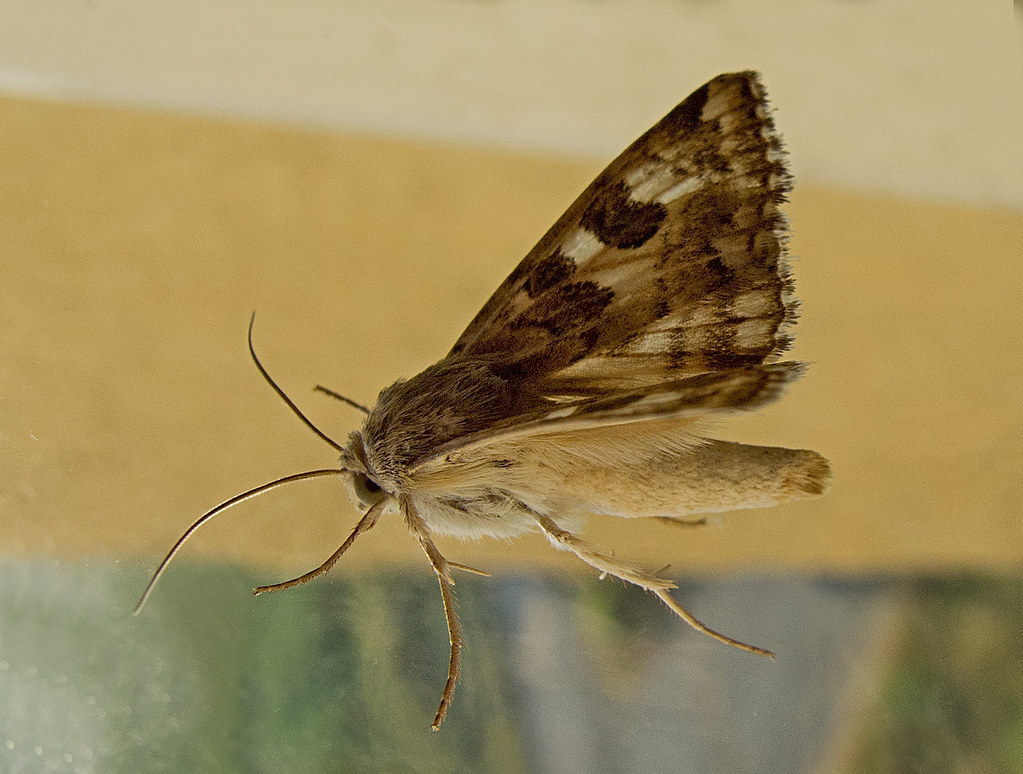
Various moth species are attracted to different components of household waste, with some seeking out natural fibers while others target food residues. Clothes moths can be drawn to wool, silk, or cotton items disposed of in your trash, while pantry moths are attracted to grain-based foods and their packaging. Indian meal moths, one of the most common pantry pests, can detect even trace amounts of cereal, flour, or pet food residues on supposedly empty containers.
Adult moths are primarily focused on reproduction rather than feeding, but they need to find suitable locations for their larvae to develop. Your trash can provide both food sources and potential nesting sites, especially if it contains cardboard, paper, or fabric materials. The larvae of many moth species can survive on surprisingly minimal nutrition, meaning that even thoroughly cleaned containers might still provide enough organic residue to support their development.
Silverfish Thrive in Damp Trash Environments
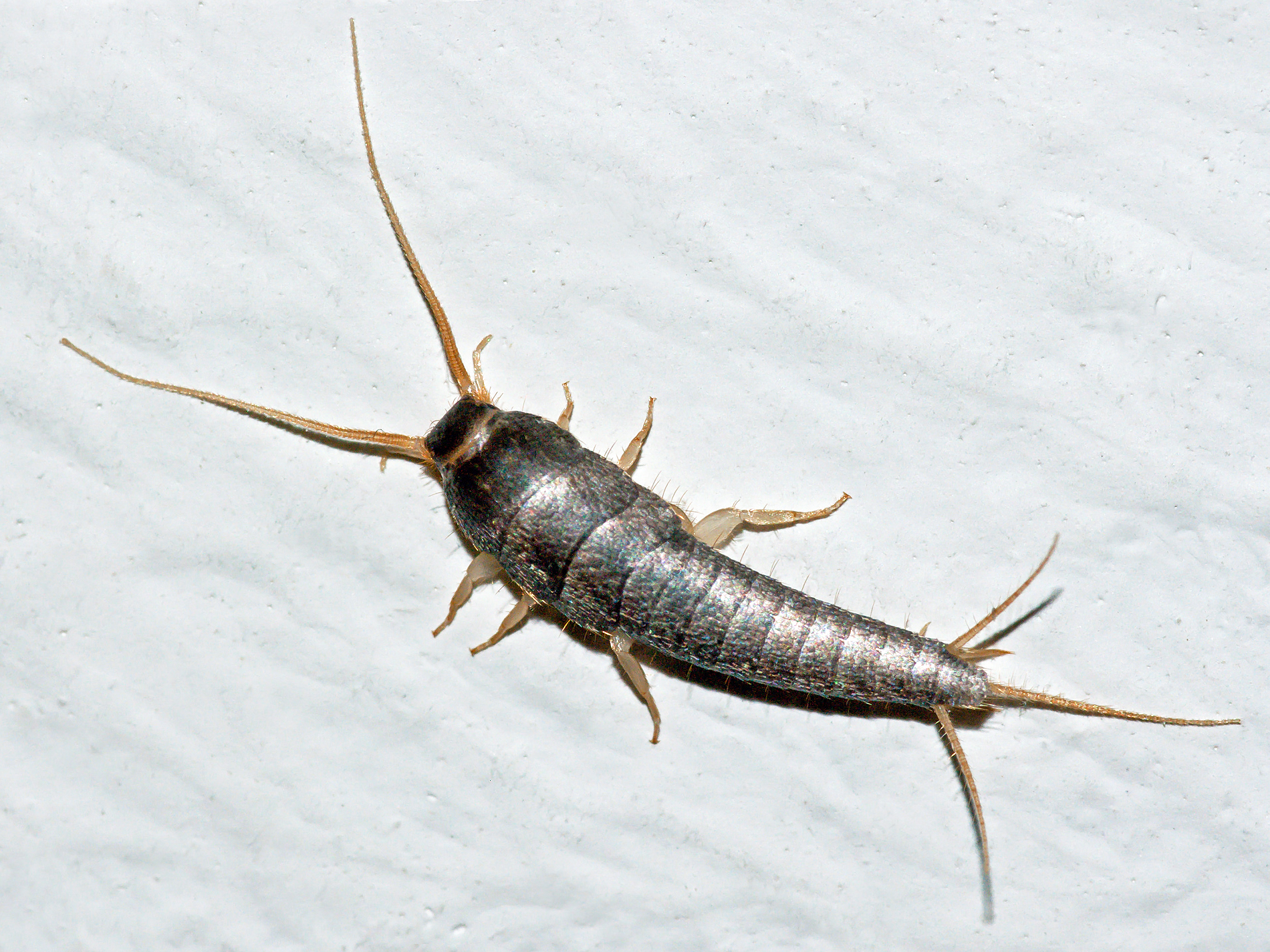
Silverfish are primitive insects that prefer dark, moist environments with access to starchy materials – conditions that your trash can often provides in abundance. These nocturnal creatures are particularly attracted to paper products, cardboard packaging, and anything containing cellulose or starch-based adhesives. They can survive for months without food, but when they do find a reliable source like your trash, they’ll establish territories and begin reproducing rapidly.
The humid environment created by decomposing organic matter in your trash creates ideal conditions for silverfish to thrive. They’re also attracted to the fungal growth that often develops on organic waste, as fungi represent an additional food source these insects can exploit. Silverfish can damage books, documents, and photographs that might be disposed of in your trash, but they can also contaminate food packaging with their droppings and shed skin.
Gnats Multiply in Moist Organic Matter

Fungus gnats are tiny flies that breed in the moist organic matter commonly found in trash cans, particularly when food scraps begin to decompose and create humid conditions. These insects are especially problematic because they can complete their entire life cycle within your trash environment, with females laying up to 300 eggs in the organic slime that accumulates at the bottom of bins. The larvae feed on decaying organic matter and fungi, both of which are abundant in typical household waste.
Adult fungus gnats are weak fliers that tend to stay close to their breeding sites, which means they’ll often be found crawling on or around your trash can rather than flying throughout your home. They’re particularly attracted to coffee grounds, fruit peels, and vegetable scraps that create the perfect breeding medium when they begin to decompose. Their small size allows them to access moisture and organic matter in areas that larger insects cannot reach.
Earwigs Hide in Dark Trash Crevices
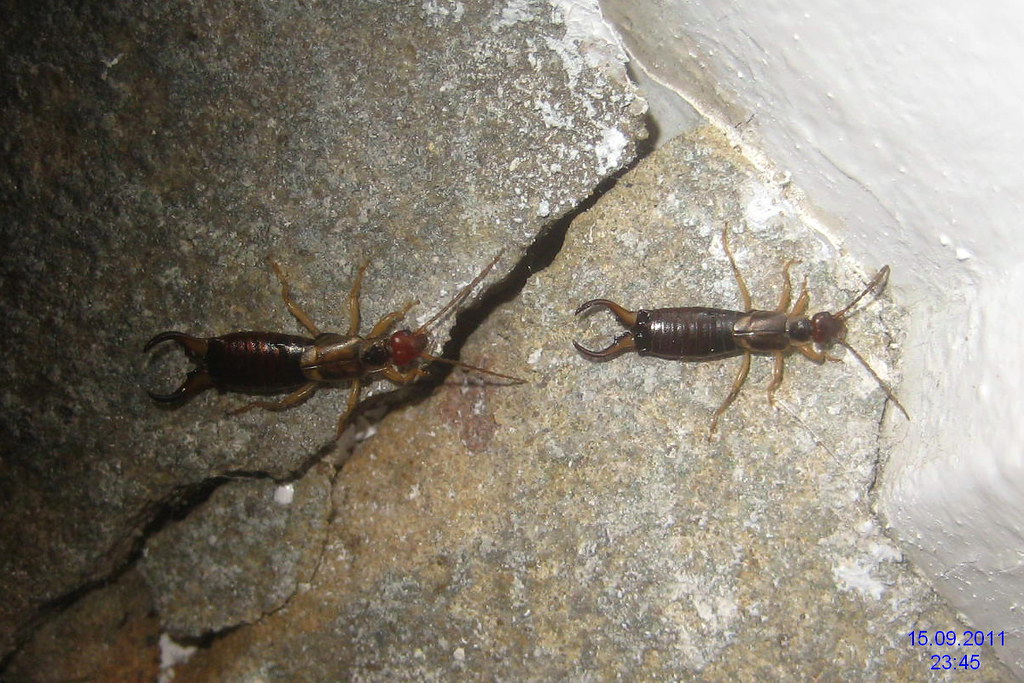
Earwigs are nocturnal insects that seek out dark, moist hiding places during daylight hours, making the space around and beneath your trash can an ideal refuge. These insects are omnivorous scavengers that will feed on both plant and animal matter, including the wide variety of organic waste typically found in household trash. They’re particularly attracted to decomposing vegetation, fruit peels, and any organic matter that provides both food and shelter.
The pincer-like appendages on their abdomen make earwigs appear more threatening than they actually are, but their presence often indicates moisture problems around your trash area. They require consistent humidity to survive and will often congregate in areas where liquid from trash bags has created damp conditions. Earwigs can also feed on other insects, which means they might be attracted to your trash not just for the organic waste, but also for the opportunity to prey on other pests that have already established themselves there.
Spiders Hunt the Insects Your Trash Attracts
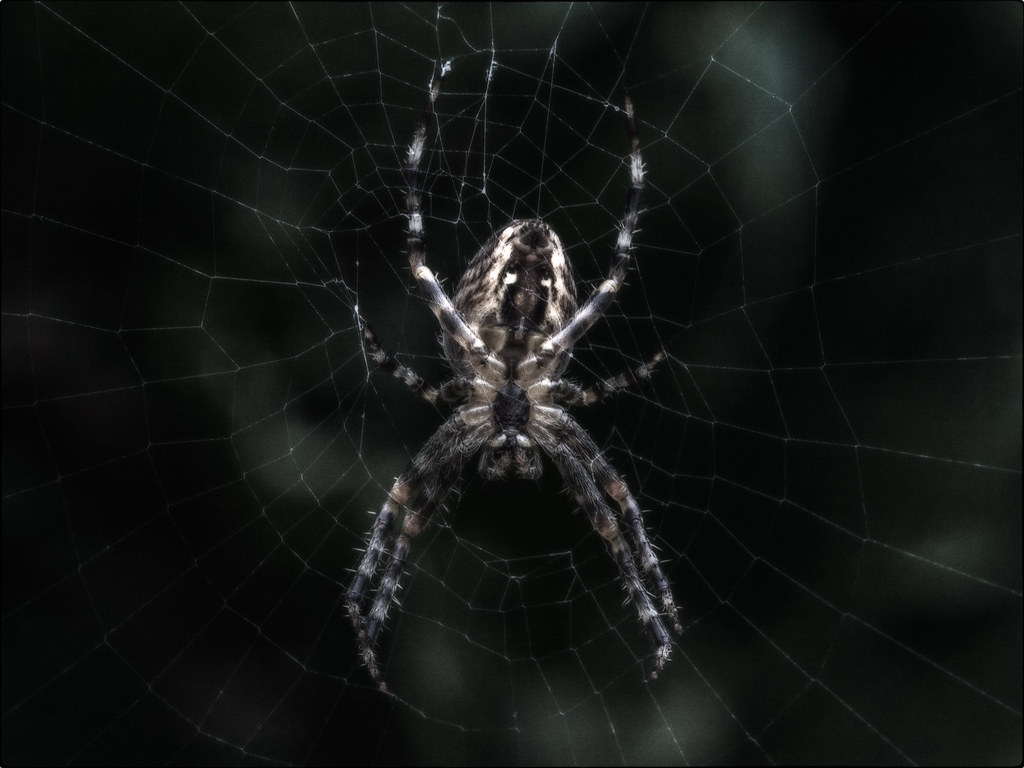
While spiders aren’t directly attracted to your trash, they’re drawn to the abundant prey that your waste container provides. House spiders, cellar spiders, and other common species will establish webs near trash cans because they represent reliable hunting grounds where flies, gnats, and other insects congregate. This creates a secondary pest problem where you’re dealing with both the original insects attracted to your trash and the predators that follow them.
Some spider species are particularly effective at exploiting the insect populations that develop around trash areas. Jumping spiders are active hunters that don’t build webs but instead stalk their prey, making them excellent at controlling fly populations around your garbage. However, their presence often indicates that your trash is supporting a significant insect population that’s serving as their primary food source.
Effective Cleaning Strategies That Actually Work
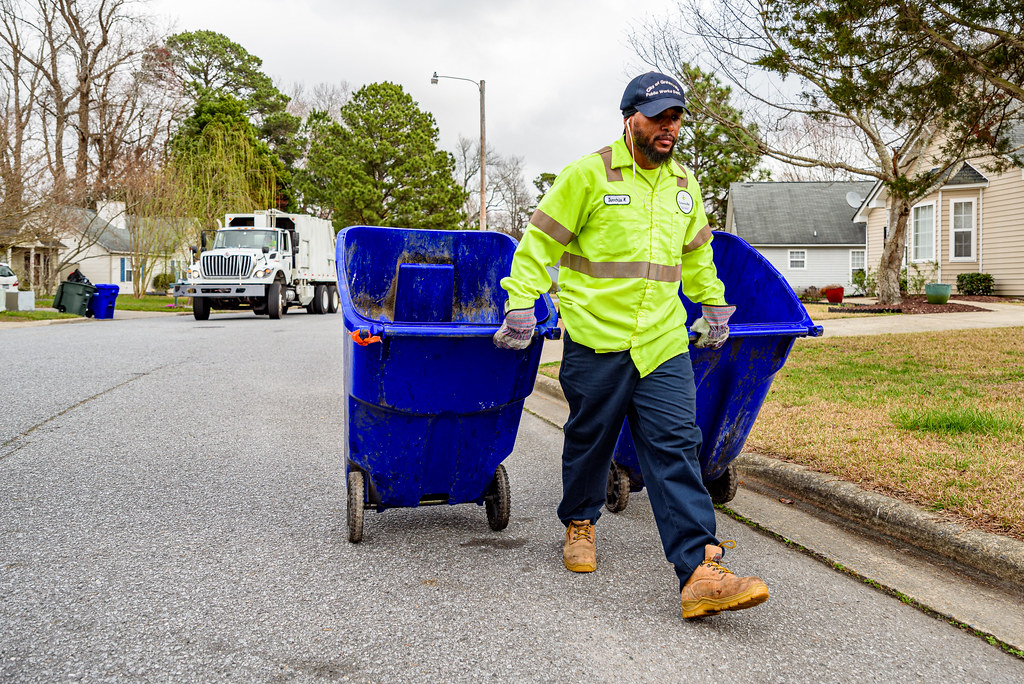
Regular cleaning of your trash can is essential, but many people don’t realize that a simple rinse isn’t sufficient to eliminate the organic residues that attract insects. You need to scrub the entire interior surface with hot, soapy water, paying particular attention to the bottom and corners where organic matter tends to accumulate. A solution of one part bleach to ten parts water can help eliminate bacteria and fungal growth that many insects find attractive.
The area around your trash can is equally important and often overlooked in cleaning routines. Spills, drips, and organic matter that falls outside the bin create additional attractants for insects and can serve as breeding sites for various species. Mopping the floor around your trash area with an enzymatic cleaner can break down organic residues that aren’t visible but still provide food sources for pests.
Prevention Methods That Keep Bugs Away
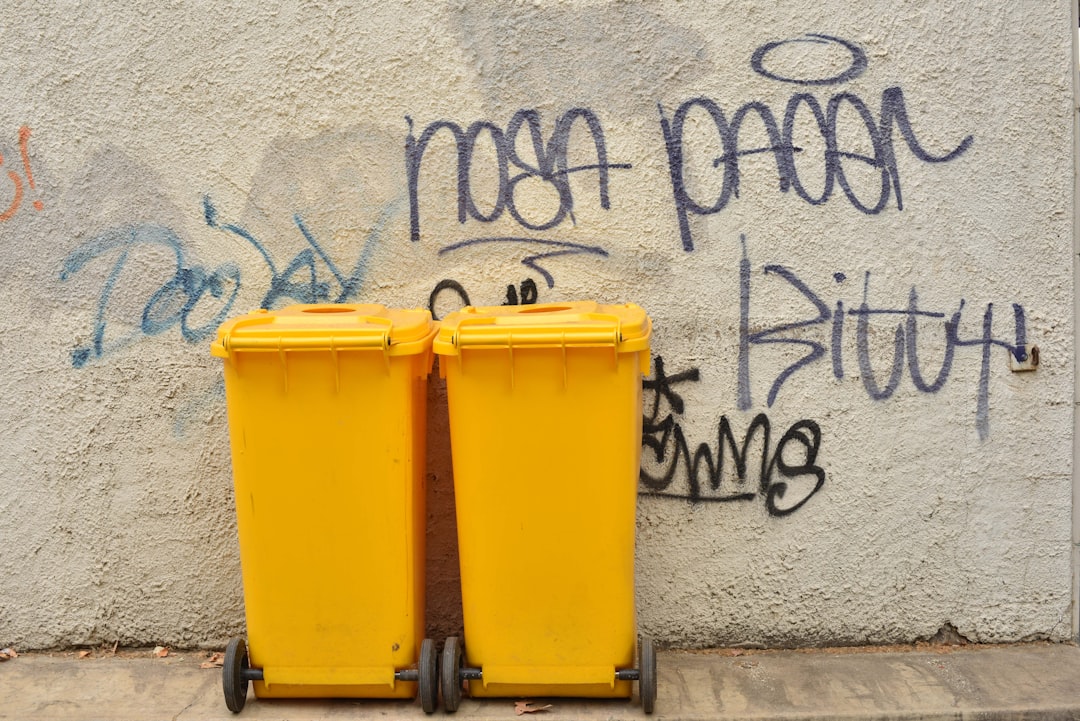
Creating physical barriers is one of the most effective ways to prevent insects from accessing your trash, but standard trash can lids often aren’t sufficient against determined pests. Tight-fitting lids with rubber seals can significantly reduce odors that attract insects, while adding a layer of baking soda to the bottom of your trash can helps absorb moisture and neutralize odors. Double-bagging particularly smelly waste creates an additional barrier that many insects cannot penetrate.
Timing your trash disposal can also make a significant difference in pest management. Emptying your trash frequently, especially during warm weather, prevents organic matter from reaching the advanced stages of decomposition that are most attractive to insects. Freezing meat scraps and other protein-rich waste until trash day can prevent them from developing the strong odors that draw flies and other pests from considerable distances.
Conclusion
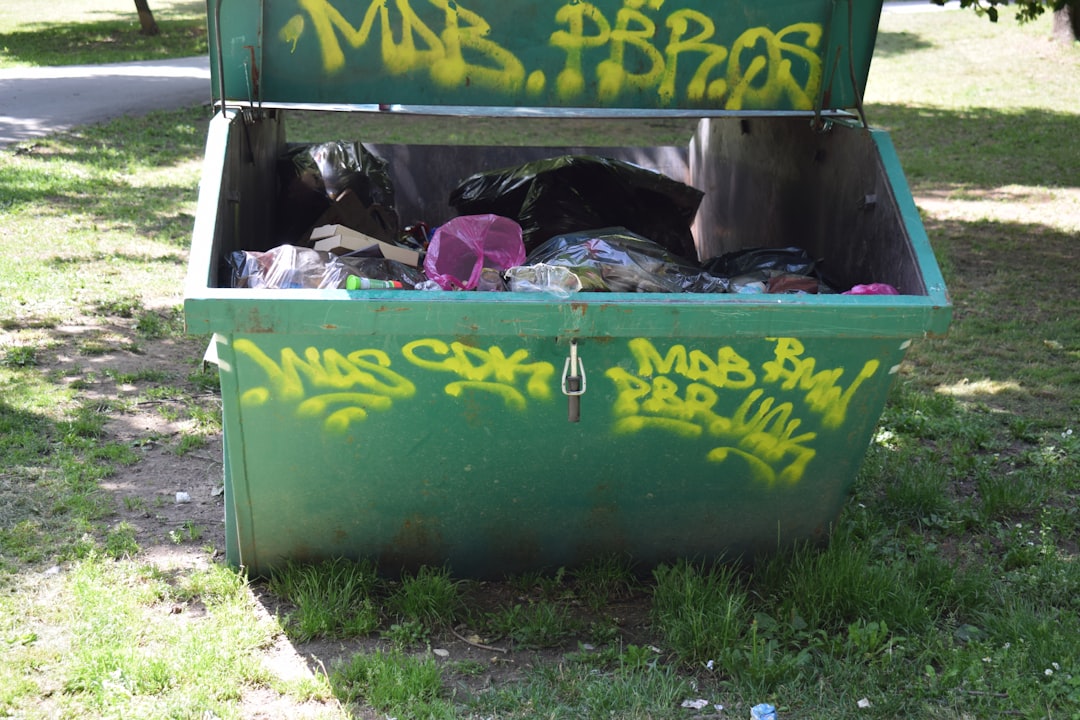
Your trash can represents far more than a simple waste container – it’s a complex ecosystem that can either attract or repel a wide variety of insects depending on how you manage it. The key to success lies in understanding that different pests are attracted to different aspects of your waste, from the moisture levels that support fungus gnats to the protein sources that draw yellowjackets. By implementing comprehensive cleaning routines, using appropriate prevention methods, and understanding the biology of the insects you’re dealing with, you can transform your trash area from a pest magnet into a properly managed waste disposal system.
The battle against trash-loving insects requires consistency and attention to detail, but the effort pays dividends in terms of improved hygiene, reduced pest populations, and a more pleasant living environment. Remember that these insects are simply following their natural instincts to find food and breeding sites – by removing these attractants, you’re working with nature rather than against it to keep your home pest-free. What small changes will you make to your trash management routine starting today?

